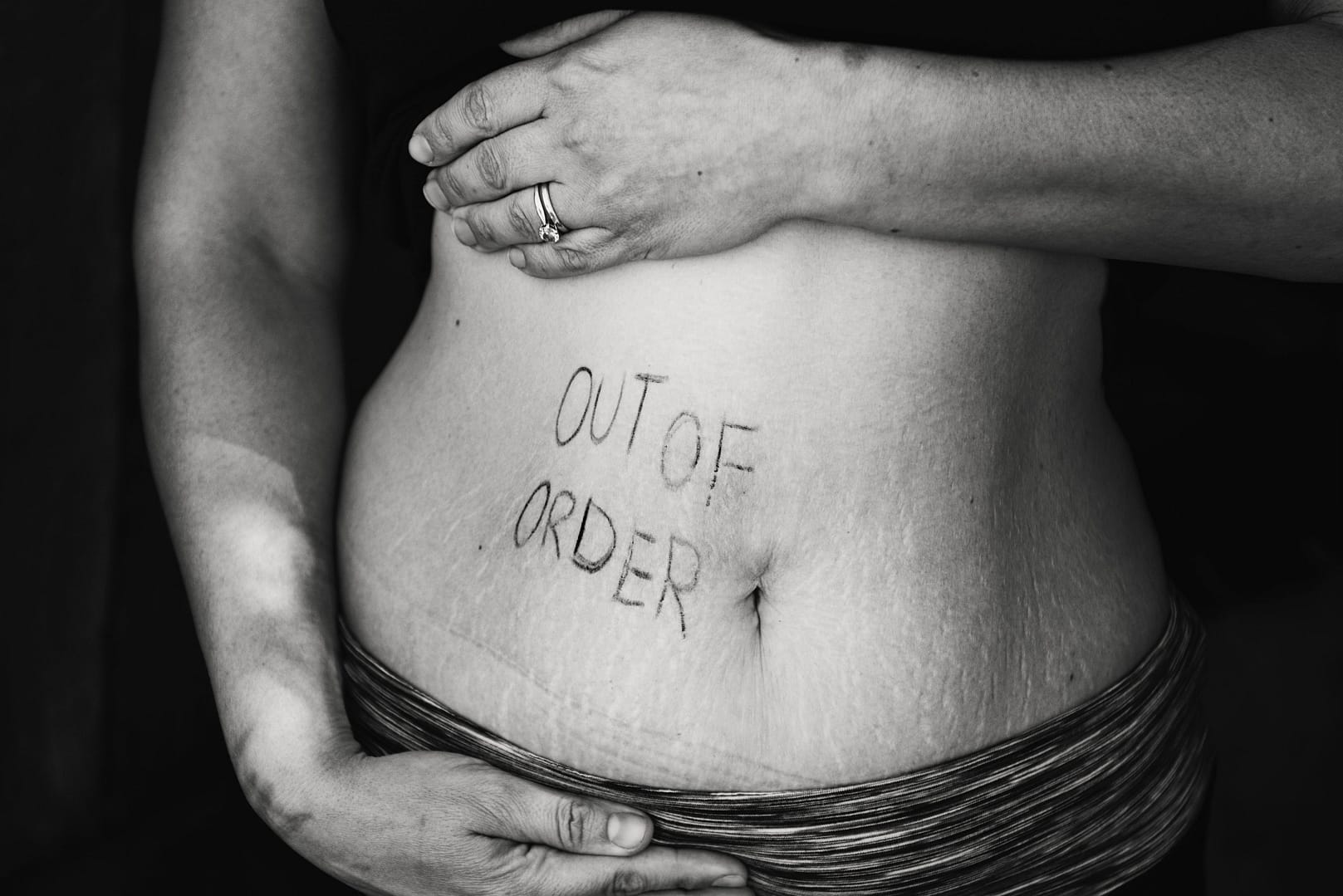Ever wonder why people say “I don’t eat red meat” or “Beef is bad for you”? The feeling behind those statements is quite understandable when referencing the majority of beef produced in this country. While an estimated ¾ of all beef in the U.S. is finished on corn and grain, times are changing. People are becoming more aware of the risks associated with grain-fed/finished beef.
Large confined animal feeding operations (CAFOs) make up 5% of livestock operations, yet produce 50% of our food animals. Large CAFOs are federally defined as holding 1,000 or more cattle, 2,500 hogs, or 100,000 broiler (meat) hens. These operating systems are in place to produce the highest output at the lowest cost, made possible through federal crop and environmental subsidies.
These intensive systems require massive inputs including pesticides, antibiotics, feed, and water. But, we all know that just because it is easier to produce doesn’t make it healthier to consume.
How do cows respond to being grain fed?
Setting aside the added hormones, antibiotics, and steroids that are added to beef, the additive that may be the worst for our health is the corn that the cows are fed. Cows that are corn-fed (grain-fed) have higher acidity in their stomachs in order to digest their food. This is the root cause for E. Coli O157:H7. Cows that are fed grass, the way nature intended, don’t have this problem.
Grain feeding also changes the fat composition of a cow. When a cow eats mainly corn, the Omega 6’s grow rapidly, having as much as a 20:1 ratio compared to Omega 3’s. This is harmful to the body because Omega 6’s are inflammatory, and an overabundance of this fatty acid has been linked to psychological disorders, hormonal imbalance, illness, and cancer.
How do cows respond to being grass-fed?
What happens to a cow when it is fed its natural food source – grass? Well, ironically, nothing. But since most people have never eaten grass-fed beef before, let me explain what this means.
Grass-fed/finished beef has about a 1:1 ratio of Omega 3’s to Omega 6’s, so there is no added inflammation to your body. Omega 3’s aren’t the only good fats in grass-fed/finished beef. Conjugated linoleic acid (CLA) is as much as five times more prevalent and has been linked to being one of our most potent defenses against cancer. That is why eating grass-fed beef is shown to reduce a woman’s risk of breast cancer by 60%.
Grass-fed/finished beef also contains many more nutrients, such as vitamin K and vitamin E. It also tastes amazingly better than grain-fed beef.
What’s the difference between grass-fed and grass-finished?
No longer do we have to make blanket statements like “beef is bad for you.” Now we can say that grain-fed beef is bad for you. Another thing to consider is the hormones added to beef, but it is probably safe to consider that if a farmer has gone to the trouble of feeding their beef grass, they have also made sure to keep the hormones out. However, you should always be sure to read the label or ask.
A perfect example of misleading information about beef occurred while dining at a high-end restaurant in Palm Desert, CA. The waiter explained the specials and referred to all of their beef being grass-fed. Well, as I know, and now you too, most cows are fed grass at some time in their life, but are usually finished on grain, which is bad. So I asked the waiter if the beef was grass-finished as well, to which he responded, “Yes,” which was very surprising. I asked again to be sure, and the second time he answered a little more unsure, so he said he would ask the chef. A few moments later he returned telling me that the beef is grain-finished to preserve the flavor.
Being that I do this for a living, I laughed at the misleading statement. I have yet to come across a chef who honestly prefers the taste of grain-finished beef over grass-finished. The more likely reason was due to cost.
Where do I find grass-fed beef?
Now that you are equipped with this knowledge, you might be asking, “Where do I find grass-fed/finished beef?” Try looking for a local co-op. Oftentimes if you get in contact with a ranch nearby, you can order directly through them, or even a local butcher shop, if your area has one. Whole Foods also carries grass-fed beef. But perhaps the best way to buy grass-fed/finished beef is to purchase a whole beef, or split a whole beef with a few families. This will get you a large amount of beef at a reasonable price.
Who are we?
For questions on beef or any other food products please feel free to reach out to me, Kyle Huddy, at [email protected]. I am the owner of All Natural Nevada Food Company, where we specialize in bringing local, all-natural Nevada food to the people of Nevada. Remember, buying local not only supports your community, but it supports your health.
This guest post was provided by Kyle Huddy. Kyle & Shannon Huddy are the owners of All Natural Nevada Food Company. As Northern Nevada residents, they have discovered a common need among their local community: all-natural, local food. As business professionals heavily involved in trying to grow the entrepreneurial engine in Nevada, they have taken it upon themselves to lend a helping hand in the food market.







